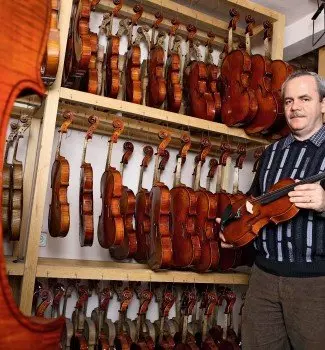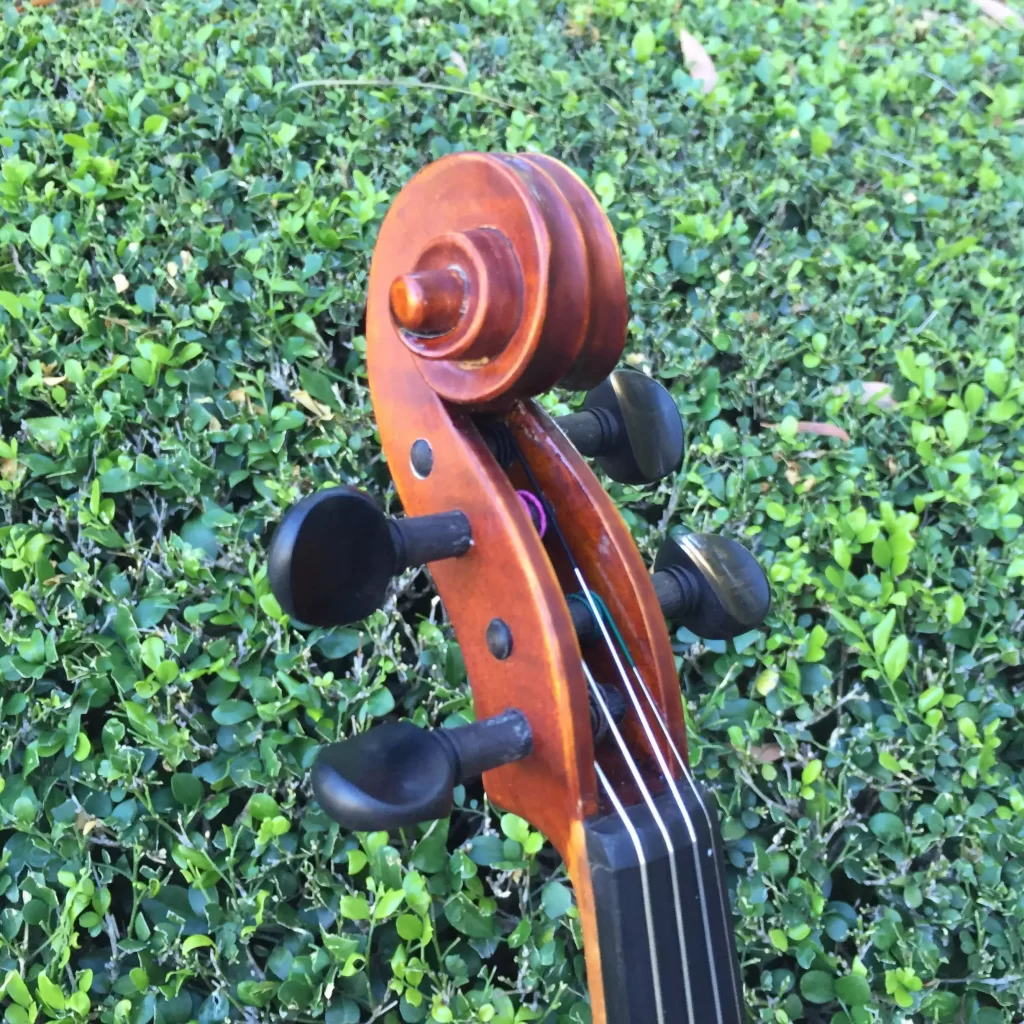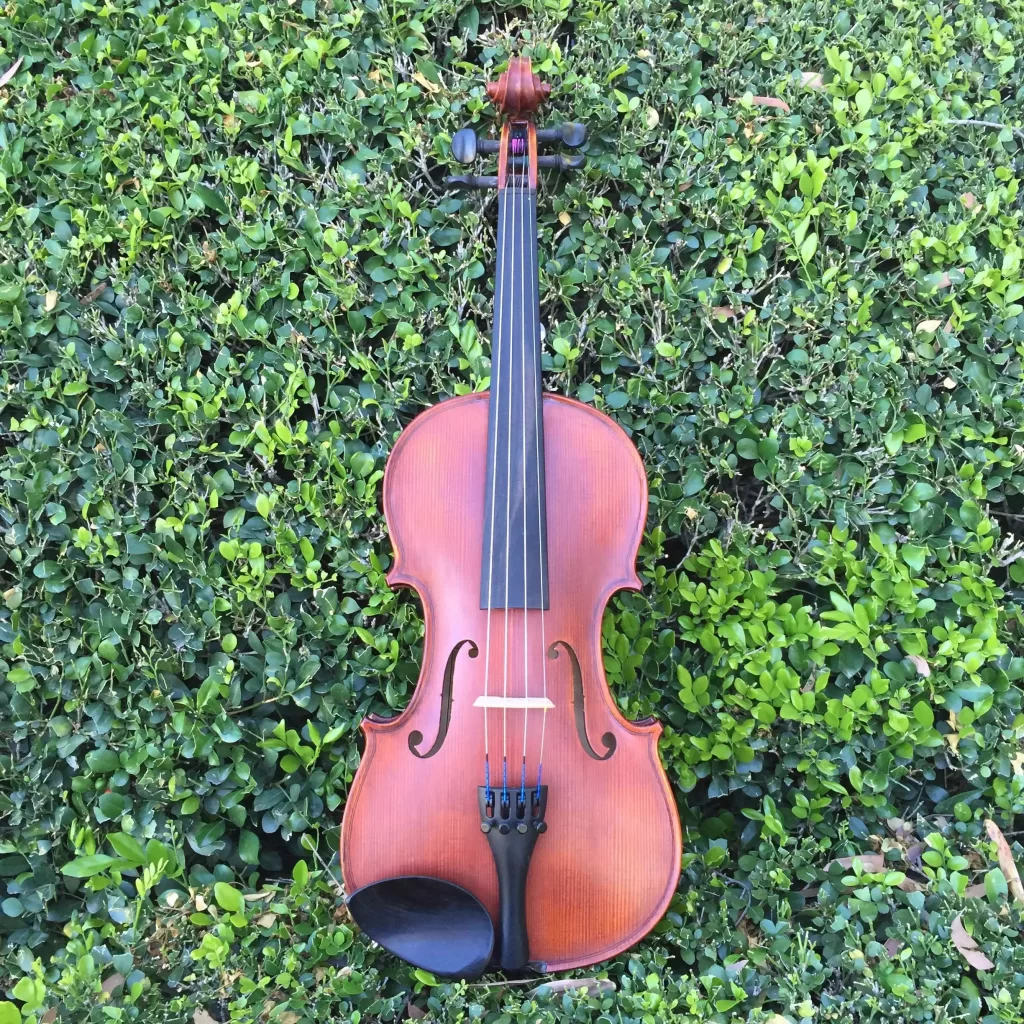Gliga Violins

Vasile Gliga founded his violin making company in 1991 and the company celebrates its 25th anniversary in 2016. It is one of the most successful family owned businesses in Romania.
When it started, Gliga had only two luthiers and made two violins a month. The two original Gliga luthiers were Vasile Gliga and his wife Elena. Each violin would take them 300 hours to craft. Vasile and Elena originally trained as luthiers in the Romanian government’s instrument factory in Reghin. The company now makes more than 3,000 violins every month. Gliga make violins, violas, cellos and double basses. They aim to produce quality instruments at price that everyone can afford. As such, there are instruments available for players at different stages of their careers from beginners to advanced players to professionals.
The wood used in Gliga instruments is sourced from the Gurghiului Valley in the Carpathian Mountains in Transylvania. This is close to Reghin where Gliga’s luthier workshop is located. The valley is commonly known as “Italian Valley”, as luthiers travelled to this valley from Cremona in Italy to find the ideal wood for violin making. Cremona, of course, is historically known for its master luthiers, and it is where the violin family was invented by Andrea Amati. It has been said that Antonio Stradivari himself used wood sourced from this location.
The trees chosen from the forests are special. They need to be between 150 and 200 years in age, have grown at an altitude of above one thousand meters and are found on Northern slopes as these are both sunny and have high humidity. The wood from these specially chosen trees is dense and homogenous and it is seasoned for six to twelve years resulting in a superior quality of tone. Highly prized and resonant Carpathian spruce is used for the belly of the instruments. The ribs, back and necks are made from a beautifully flamed maple that is also known as curly sycamore. An abundance of this maple grows in the Gurghiului Valley. However, only about one in a thousand of these trees will have the wavy fibres that give the exceptional resonance desired in the finest instruments.

Two hundred steps are required to produce a Gliga violin. After the wood has been milled, the instrument is handmade. Many of the tools used by the luthiers have themselves been handmade specifically to allow the delicate shaping and carving. Teams of three or four people are used with each person being a specialist in one step of the process. This allows Gliga to maximise output without compromising on quality. It takes at least three months for a student violin to be made and up to a year to complete a professional level instrument.
Traditionally each of the finest instruments were the work of one master craftsman. However, Vasile Gliga believes that having several people working together will add to the character of a violin.
The instruments themselves are carved and varnished by hand. Gliga make most of their instruments according to a Stradivari template. The instruments are all different and may be finished with an antique or a normal finish. Instruments finished with an antiqued style will look old even though they are new. This does not impact on their sound.
In 1995, the world famous violinist Yehudi Menuhin wrote a letter to Vasile Gliga from which the following quote came “Dear and very fine craftsman…I shall treasure the instrument you made…”
Instruments purchased from Animato are fully set up in our onsite workshop. After many years of experimentation, our luthiers have established the best set up that specifically suits the Gliga. If you a looking for a European made instrument, Gliga make beautiful instruments with a lovely warm tone.

Vasile Gliga the founder of Gliga

The elegant scroll of a Gliga violin

